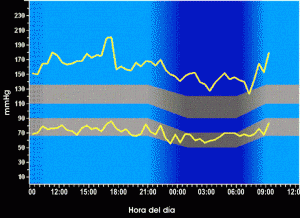Weight
overweight = higher rates
What to do?
1. Carrier build charts vary considerably. Shop for the most favorable.
2. Wear light clothing for the paramed exam. There is usually a 5 pound clothing allowance. If borderline between rate classes, make sure the paramedical examiner has an accurate scale and you meet the weight required, especially if withing a few point.
Don’t bother waiting to lose lots of weight before applying for coverage. If the weight loss is over 10 pounds within the last 12 months, underwriters automatically add back half the weight. Waiting to lose a significant amount of weight may takes time. That savings is usually offset by a higher age rate.
Age

1/2 birthday matters. Most carriers rates go by nearest attained age.
What to do?
Apply 4 to 6 weeks before the age rate changes. It is permitted to backdate the policy up to six months to save age. Some carriers and products set rates by actual age. Find out if a carrier with actual age rates saves money.
High Blood Pressure

possible preferred best
Aviva UL only
Banner
ING ages 61-80
John Hancock
Lincoln Life
Minnesota Life
Principal
Transamerica – Ages 50 and up
United of Omaha
For borderline high pressure, take a few precautions for the paramed exam. Artificially high blood pressure and pulse readings may be caused by alcohol, tobacco, caffeine and stress. Schedule the paramed appointment at the least stressful time of the day, and when you are not rushed to minimize elevated blood pressure readings.
Family History
Did a parent have or pass away from heart disease or cancer prior to age 60?
If yes, what to do?
Be careful in choosing a carrier. Underwriting guidelines and rates classifications vary considerably. Sometime sibling history is included and other major health conditions.
Not Comparison Shopping
This takes many forms, but ending up with unsuitable more expensive coverage is a result of not taking the time and effort to shop for the best deal. Direct mail life insurance is the most expensive. Life insurance requiring a blood test has much lower rates. Choose participating whole life over non participating whole life unless much older. For permanent life insurance, insist on reviewing an illustration. Compare multiple illustrations using the same assumptions. Contact an independent agent rather than a captive agent that only represents one carrier. Solicit more than one agent in order to compare proposals. Do not automatically assume that a carrier’s underwriting decision is the most favorable.
